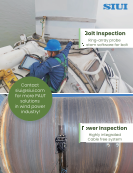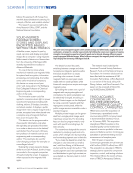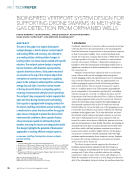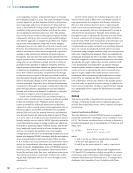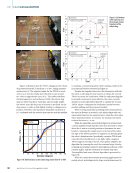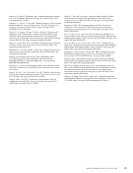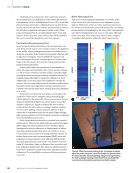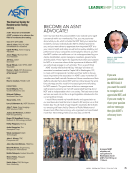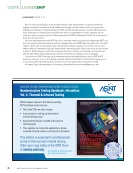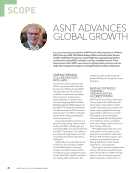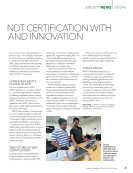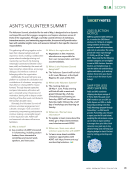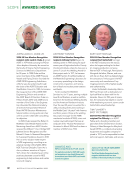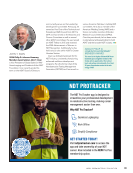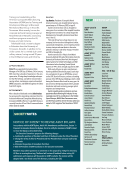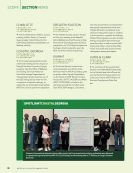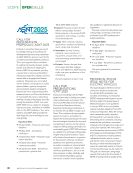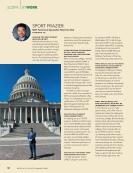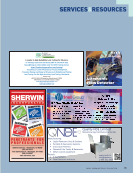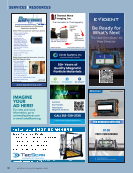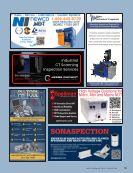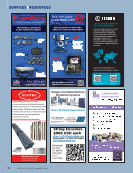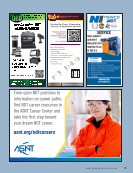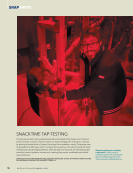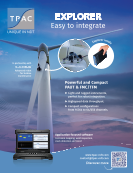provide a landing surface surrounding the drone. This sheet,
along with the walls, functions as a self-centering mechanism,
similar to the previous design but with more flexible walls.
The closing actuation of the capsule is particularly critical
for the closing dynamic platform. Because the two opposing
“Arms 1” are positioned directly within the “jaw” of the capsule
lids, there is a risk of pinching during closure. Figure 2b
provides a detailed overview of the capsule’s components and
terminology.
To ensure precise movement of the arms, a carefully cal-
ibrated spring tension system is implemented. “Arm 1” is
spring-loaded to naturally return to the closed position, as
shown in Figure 2a. In contrast, “Arm 2” is tensioned to remain
in the fully open position. The spring tension on “Arm 2”
exceeds that of “Arm 1,” causing them to flatten, holding this
position until the capsule starts to close. During the closing
process, the capsule counteracts the downward force on
“Arm 2,” releasing the tension and allowing “Arm 1” to return to
its closed position, causing “Arm 2” to collapse into the capsule
with its adjacent arms. These arms, which are the walls, lie on
the same plane as the red base acrylic. When fully open, the
drone can rest anywhere and slide from one side to another
without interruption. This creates a smooth, flat surface for the
drone and will slant the walls upon closing, causing the drone
to slide to the center.
The integration of these capsule systems into the base
design is achieved through a branch system. The main tele-
scoping trunk of the structure is equipped with four mounting
brackets specifically engineered for this application. These
brackets are secured to the trunk using simple fasteners, which
Figure 1. Views of (a) CAD model and manufactured pitcher plant capsule, (b) open state of the capsule (CAD model and manufactured), and
(c) closed and open states of the capsule.
Arm 1
Arm 1
Arm 2
Arm 2
Dynamic platform
Jaw
Jaw
Drone frame
with four propellers
Figure 2. Views of (a) the opening cycle of the fungi capsule, and (b) the dynamic platform of the capsule.
A P R I L 2 0 2 5 • M AT E R I A L S E V A L U AT I O N 39
along with the walls, functions as a self-centering mechanism,
similar to the previous design but with more flexible walls.
The closing actuation of the capsule is particularly critical
for the closing dynamic platform. Because the two opposing
“Arms 1” are positioned directly within the “jaw” of the capsule
lids, there is a risk of pinching during closure. Figure 2b
provides a detailed overview of the capsule’s components and
terminology.
To ensure precise movement of the arms, a carefully cal-
ibrated spring tension system is implemented. “Arm 1” is
spring-loaded to naturally return to the closed position, as
shown in Figure 2a. In contrast, “Arm 2” is tensioned to remain
in the fully open position. The spring tension on “Arm 2”
exceeds that of “Arm 1,” causing them to flatten, holding this
position until the capsule starts to close. During the closing
process, the capsule counteracts the downward force on
“Arm 2,” releasing the tension and allowing “Arm 1” to return to
its closed position, causing “Arm 2” to collapse into the capsule
with its adjacent arms. These arms, which are the walls, lie on
the same plane as the red base acrylic. When fully open, the
drone can rest anywhere and slide from one side to another
without interruption. This creates a smooth, flat surface for the
drone and will slant the walls upon closing, causing the drone
to slide to the center.
The integration of these capsule systems into the base
design is achieved through a branch system. The main tele-
scoping trunk of the structure is equipped with four mounting
brackets specifically engineered for this application. These
brackets are secured to the trunk using simple fasteners, which
Figure 1. Views of (a) CAD model and manufactured pitcher plant capsule, (b) open state of the capsule (CAD model and manufactured), and
(c) closed and open states of the capsule.
Arm 1
Arm 1
Arm 2
Arm 2
Dynamic platform
Jaw
Jaw
Drone frame
with four propellers
Figure 2. Views of (a) the opening cycle of the fungi capsule, and (b) the dynamic platform of the capsule.
A P R I L 2 0 2 5 • M AT E R I A L S E V A L U AT I O N 39





